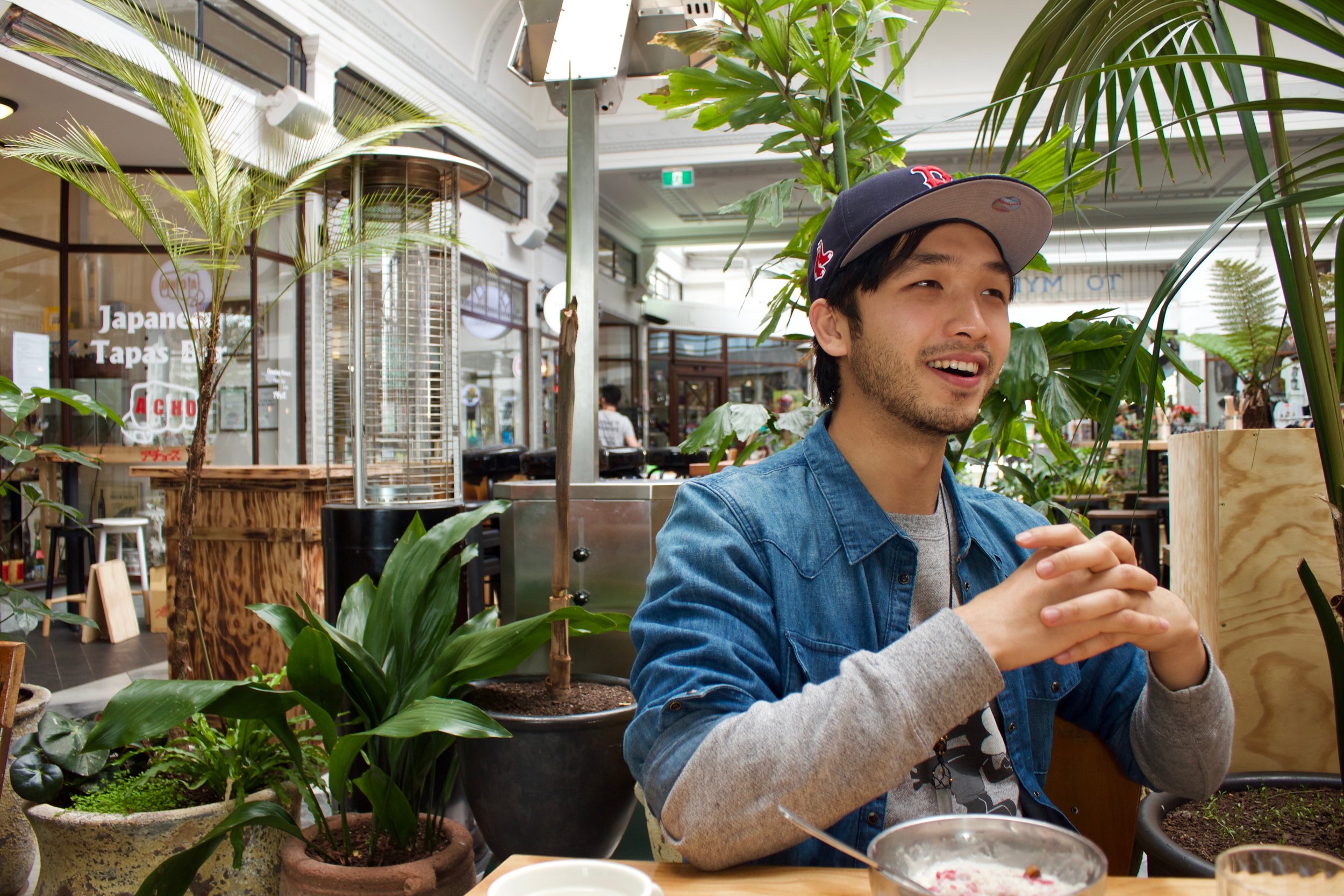Nikita Tu-Bryant
Tide Waits For No Man opened to a packed Wellington audience for a PAT first!
Thanks to Tim Stevenson from Theatereview for our first review of the season, running til Saturday 8th.
Check it out here or below!
Tickets here
INVENTIVE USE OF DANCE, MOVEMENT AND PUPPETRY
Review by Tim Stevenson
Complex, personal, beautifully executed and drawing on a rich and diverse palette, Tide Waits for No Man: Episode Grace presents a narrative about a young Taiwanese artist raised in Aotearoa grappling with the conflicting calls of love, self-realisation and traditional cultural imperatives.
The conflicts which Grace (Nikita 雅涵 Tu-Bryant) must deal with are brought to a head by the death of her Ye-ye*, a patriarchal figure who will appear throughout the show in different guises - benign and protective, overbearing and hostile, even aggressive. We can guess that Grace’s Ye-ye also personifies the rule makers who lay down the expectations for women - ‘Clean’, ‘Silent’, ‘Calm’ - which break up the narrative into sections.
The complexity of the culture or cultures within which Grace is trying to live and grow is also mirrored in what we see on stage. What appear to be traditional Taiwanese/ Chinese elements come to the fore here, including the white costumes of the two mourners (Chye-Ling Huang, Marianne Infante) who also appear as part of the narrative, and the figure of Ye-ye himself. However, we are also shown contemporary/ traditional and old/ young divisions, and the show’s conclusion is expressed in part by Grace dressing in an outfit that integrates all elements.
Tide Waits for No Man: Episode Grace uses a variety of theatrical modes to deliver its narrative, and it stands out for its inventive use of different forms of dance and movement, shadow puppets and three-dimensional puppets in combination. This approach means that the action on stage is constantly shifting in mode and also location, which makes for a more varied vocabulary but also places particular demands on the performers. It’s a triumph of this production that the different modes are woven together so seamlessly and skilfully.
This is a striking-looking show which demonstrates a keen sense of visual impact. The bridge / path projected on the backdrop in particular – like an image from a traditional Chinese silk painting – is both dramatically effective and beautiful. The first appearance of Ye-ye on stage (as opposed to on the backdrop) is a highlight.
The production has a very strong cast who have obviously worked hard and closely together to create a unified narrative out of so many moving parts.
Tu-Bryant’s performance is a tour de force: powerful, flexible, committed, expressive.
Huang and Infante display skill and versatility in their dual roles as mourner and puppeteer. Infante has also done the choreography, drawing on an impressive and eloquent range of styles.
Variety and cultural diversity are also a feature of the highly effective sound effects and musical accompaniment, designed by the versatile Tu-Bryant.
Nikita Tu-Bryant, Chye-Ling Huang and Marianne Infante
The sound and lighting operators (Nic Cave-Lynch, lighting; Wendy Collings, sound) deserve the enthusiastic applause they receive at the end. A production like this, which switches modes so frequently, relies on technical effects being delivered dead on cue every time, and Cave-Lynch and Collings never drop a stitch.
- - - - - - - - - - |
*Google translates ‘Ye-ye’ as ‘grandpa’ in Mandarin. Your reviewer notes that Google doesn’t always get translations right and apologises for any offence given.
Photo Credit: Kenneth Chapman










